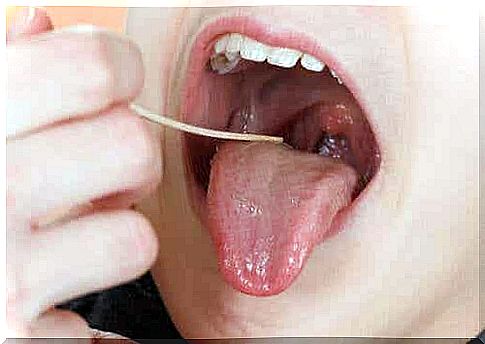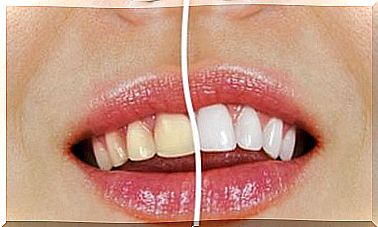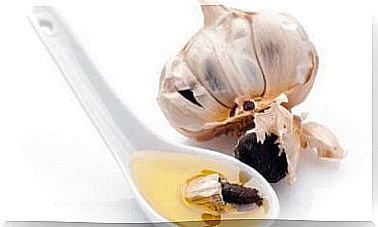Symptoms, Causes And Treatment Of Tonsillitis

Tonsillitis is a common disease that means infection of the pharynx and tonsils. Most cases are caused by a virus, but it can also be caused by various bacteria. This means that the symptoms vary from case to case.
Bacterial tonsillitis is actually a fairly common problem in children under 3 years of age. Pharyngitis occurs more during the winter months because the viruses benefit from the cold weather.
Adults can also suffer from this disease. It usually heals quickly, but complications can occur. Continue reading this article to learn more about the causes, symptoms, and treatments for tonsillitis.
What causes tonsillitis?
Many people have a perception that eating iced foods, walking barefoot, or chilling, for example, causes tonsillitis, colds, and flu. However, this is not the case. These are infectious diseases that are spread by viruses and bacteria.
Most of these diseases spread as a droplet infection. This means that coughing or sneezing spreads droplets that carry the virus or bacteria into the air. The infection can also be acquired by direct contact with the affected person. The most common microorganisms that cause tonsillitis are:
- Viruses such as adenovirus, Epstein-Barr virus, and rhinovirus
- Bacteria such as Streptococcus pyogenes
These pathogens cause tonsillitis, although many other microorganisms can also cause an outbreak. The most important thing is to be able to distinguish by symptoms or tests whether it is bacterial or viral tonsillitis.

Symptoms of tonsillitis
As we said above, the symptoms of tonsillitis vary depending on whether it is caused by a virus or bacteria. In both cases, symptoms such as fever, sore throat, and headache occur.
The inflammation of the tonsils caused by the virus starts gradually and its symptoms are similar to those of the flu – mild discomfort, mild fever and fatigue. In addition, the tonsils and pharynx are usually red as well as swollen.
Bacterial tonsillitis is more severe. It starts suddenly, high fever occurs and the patient feels very uncomfortable. The lymph nodes in the neck usually swell and there is rot in the tonsils. In addition, red spots may appear on the oral mucosa. In some cases, even a rash occurs.

Treatment of tonsillitis
In general, the cause of tonsillitis can be determined by symptoms. The attending physician should examine the throat to check that the tonsils are rotting. Your doctor will also assess the degree of inflammation. However, this disease is not easy to diagnose.
Making the right diagnosis is important because treatment depends on the cause of the tonsillitis. In fact, doctors sometimes perform microbiological tests to determine the cause of inflammation.
Doctors can perform a rapid antigen detection test because it helps them determine if the inflammation is due to Streptococcus pyogenes. Doctors may also take a culture of pharyngeal secretions, although this is a much slower diagnostic tool.
When doctors find out if the cause is a bacterium or a virus, they choose the appropriate form of treatment. For example, they prescribe an antibiotic if the condition is caused by a bacterium. Oral antibiotics are the most common form of treatment. The course of medication lasts from a week to ten days.
In contrast, viral tonsillitis cannot be treated with antibiotics. Therefore, it is important to find out the pathogen caused by the disease. This is because unnecessary use of antibiotics only reduces the resistance of microorganisms. In these cases, non-steroidal anti-inflammatory drugs (NSAIDs) are simply recommended to relieve pain and other symptoms.
The most important thing is to consult a doctor and not to medicate yourself.









